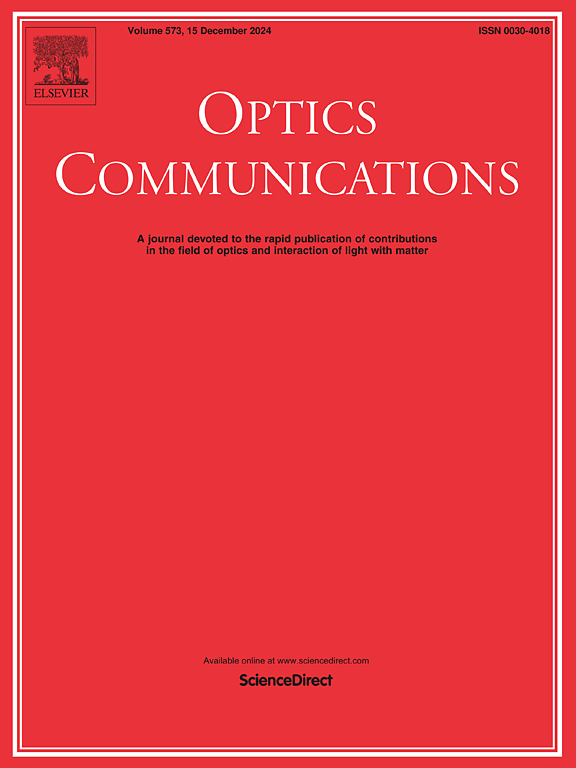利用基于网格的方法优化稀疏摄像机阵列排列
IF 2.2
3区 物理与天体物理
Q2 OPTICS
引用次数: 0
摘要
-本研究探讨了多摄像头阵列技术在超分辨率(SR)成像系统中的应用。我们提出了一种基于网格表示的创新方法,利用稀疏高斯过程和变异推理来优化相机排列。这种方法大大提高了稀疏相机阵列的图像重建质量。与只能提供定性结论的传统技术不同,我们基于网格的方法能精确优化摄像机位置,并有效模拟装配误差的影响。优化后的相机排列大大提高了稀疏阵列成像系统的 SR 重建质量,减少了轮廓锯齿和高频混叠。大量的模拟和实验验证证实了我们方法的稳健性和实际应用性。结果表明,优化后的相机排列可以实现高分辨率成像,并增强了对装配误差的鲁棒性,这表明它们在生物显微镜、遥感和智能手机摄影等各种应用中具有潜力。这项工作为设计稀疏相机阵列成像系统提供了一种新的有效策略,显著提高了图像质量和系统可靠性。本文章由计算机程序翻译,如有差异,请以英文原文为准。
Optimization of sparse camera array arrangement using grid-based method
—This study explores the application of multi-camera array technology in super-resolution (SR) imaging system. We propose an innovative method based on grid representation to optimize camera arrangements using sparse Gaussian processes and variational inference. This approach significantly enhances the image reconstruction quality of sparse camera arrays. Unlike conventional techniques that provide only qualitative conclusions, our grid-based method precisely optimizes camera positions and effectively simulates the impact of assembly errors. The optimized camera arrangement substantially improves the SR reconstruction quality of sparse array imaging systems, reducing contour jaggedness and high-frequency aliasing. Extensive simulations and experimental validations confirm the robustness and practical applicability of our method. The results demonstrate that the optimized camera arrangements can achieve high-resolution imaging with enhanced robustness against assembly errors, indicating their potential for various applications such as biological microscopy, remote sensing, and smartphone photography. This work presents a new and effective strategy for designing sparse camera array imaging systems, offering significant improvements in both image quality and system reliability.
求助全文
通过发布文献求助,成功后即可免费获取论文全文。
去求助
来源期刊

Optics Communications
物理-光学
CiteScore
5.10
自引率
8.30%
发文量
681
审稿时长
38 days
期刊介绍:
Optics Communications invites original and timely contributions containing new results in various fields of optics and photonics. The journal considers theoretical and experimental research in areas ranging from the fundamental properties of light to technological applications. Topics covered include classical and quantum optics, optical physics and light-matter interactions, lasers, imaging, guided-wave optics and optical information processing. Manuscripts should offer clear evidence of novelty and significance. Papers concentrating on mathematical and computational issues, with limited connection to optics, are not suitable for publication in the Journal. Similarly, small technical advances, or papers concerned only with engineering applications or issues of materials science fall outside the journal scope.
 求助内容:
求助内容: 应助结果提醒方式:
应助结果提醒方式:


